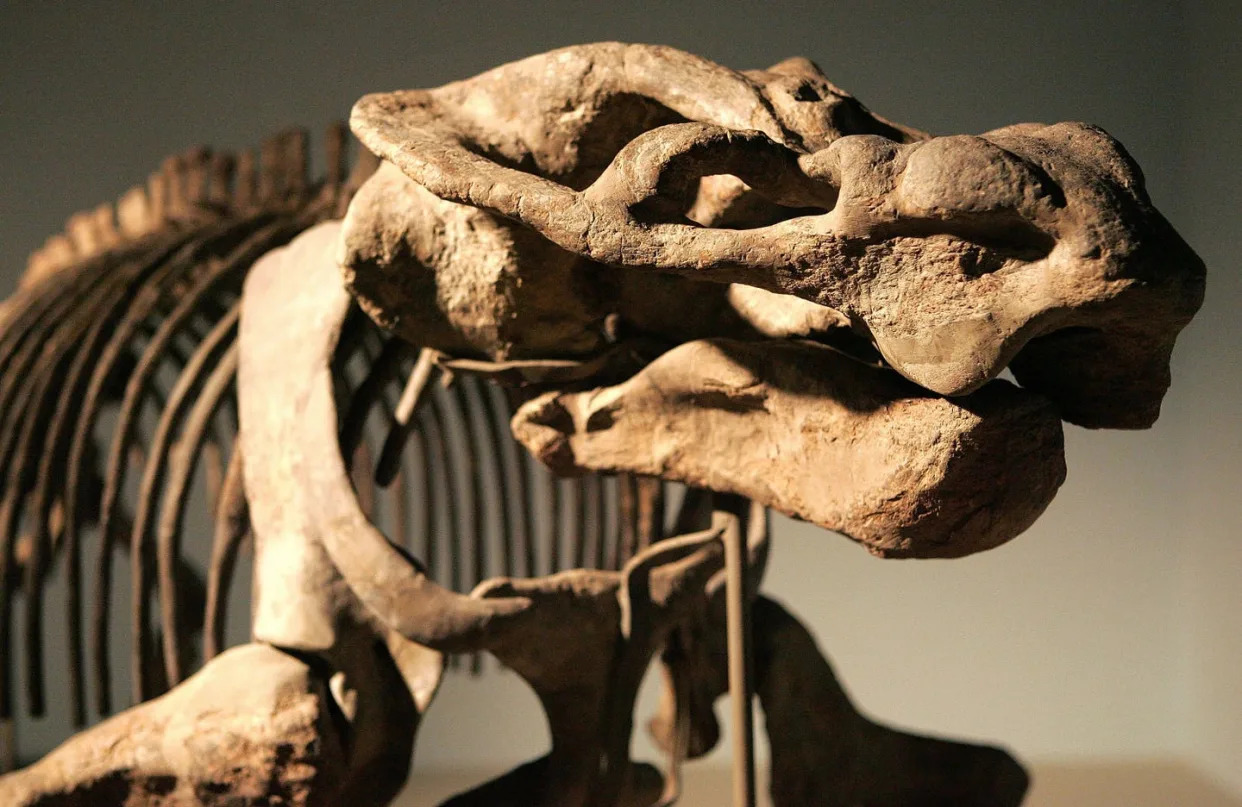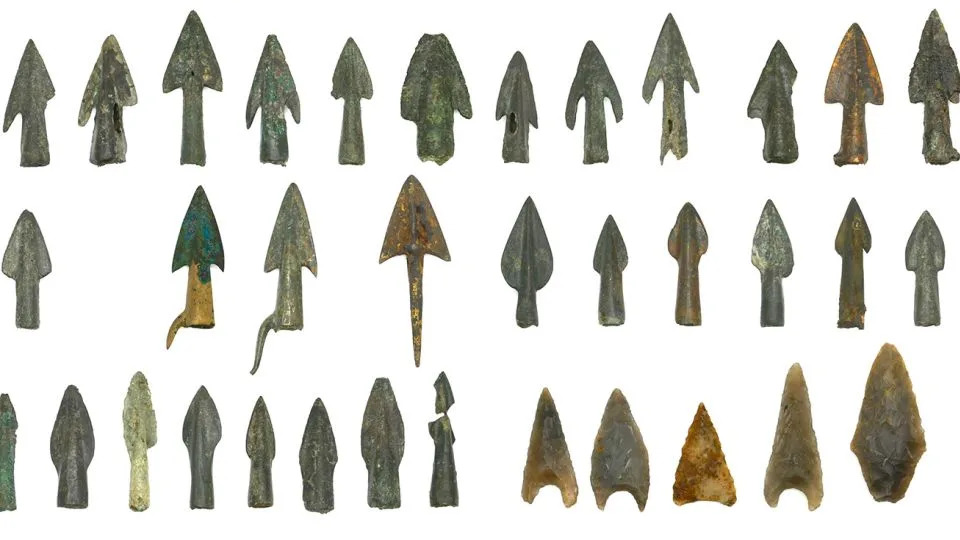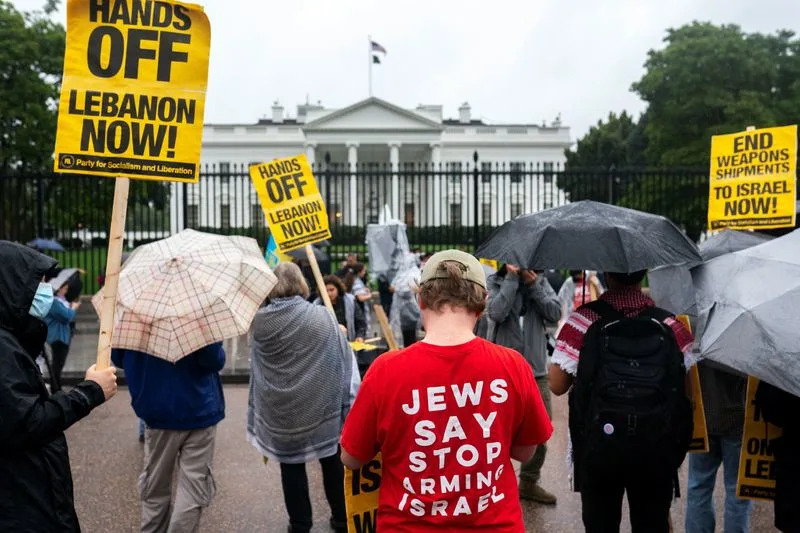CRYPTOZOOLOGY
Tim Newcomb
Tue, September 24, 2024

African Rock Art Depicts Ancient Horned ReptileTim Boyle - Getty Images
Archaeologists discovered a rock painting of an animal from at least 200 years ago in South Africa that may match with fossils found in the area.
The art depicts a horned serpent that may be a now-extinct creature called a dicynodont.
Pairing the art with fossil finds and long-standing legends from the San people has scientists eager to discern if the horned serpent’s existence was a reality instead of merely legend.
There’s something intriguing, even frightening, about the image of an ancient horned serpent roaming across the land. Thanks to some suggestive fossils and legends of old, talk of such a creature isn’t a new concept. But the recent discovery of 200-year-old rock paintings found in South Africa now has scientists hypothesizing that this ancient creature may have been far more than just a legend.
The first formal scientific descriptions of this horned serpent—a supposed member of the dicynodont group—appeared in 1845. Considering the abundance of dicynodont fossils found in the Karoo Basin in South Africa, some have pondered whether this long-thought mythical horned serpent is rooted in reality. The discovery of rock art dated to between 1821 and 1835 adds even more credence to the legend, as the painting is older than the first formal reference to the dicynodont. If we’re lucky, it could provide further clues as to just how intertwined this horned serpent was with South Africa’s indigenous San culture.
In a study published in the journal PLOS ONE, Julien Benoit from the University of the Witwatersrand confirmed that the rock art from the early 1800s depicts a tusked animal, and that it sits alongside tetrapod fossils in the immediate vicinity. “Altogether,” the Benoit wrote, “they suggest a case of indigenous paleontology.”
Still, it will need to take more than a 200-year-old painting to match a smattering of unknown fossils to a long-extinct creature unlike anything seen in the area today. “The ethnographic, archaeological, and paleontological evidence are consistent with the hypothesis that the Horned Serpent panel could possibly depict a dicynodont,” Benoit wrote in the study. He added that the downward orientation of the tusks, which doesn’t match any African animal (but does match dicynodonts), the abundance of fossils in the area, and the belief held by the San of the existence of this long-extinct large animal further support the theory.
“Of course, at this point it is speculative,” said Benoit, according to IFL Science, “but the tusked animal on the Horned Serpent panel was likely painted as a rain-animal, which means it was probably involved [in] rain-making ceremonies.” These ceremonies often evoked known extinct animals to help the people encourage the gods to send rain.
The San were known to have a robust mix of animals belonging to their ‘spirit world,’ but Benoit said that these animals were generally inspired by reality—even if extinct. Coupled with the San’s interest in fossils, Benoit believes a fossil discovery could have led the San to recreate the horned serpent, using a long-held legend in which their ancestors described the creatures as “great monstrous brutes, exceeding the elephant or hippopotamus in bulk” as the template.
There’s plenty of leaps from legend to scientific grounding that may be too large for a fabled horned serpent to make. But after further studies, the 200-year-old paintings could spin a different tale.























